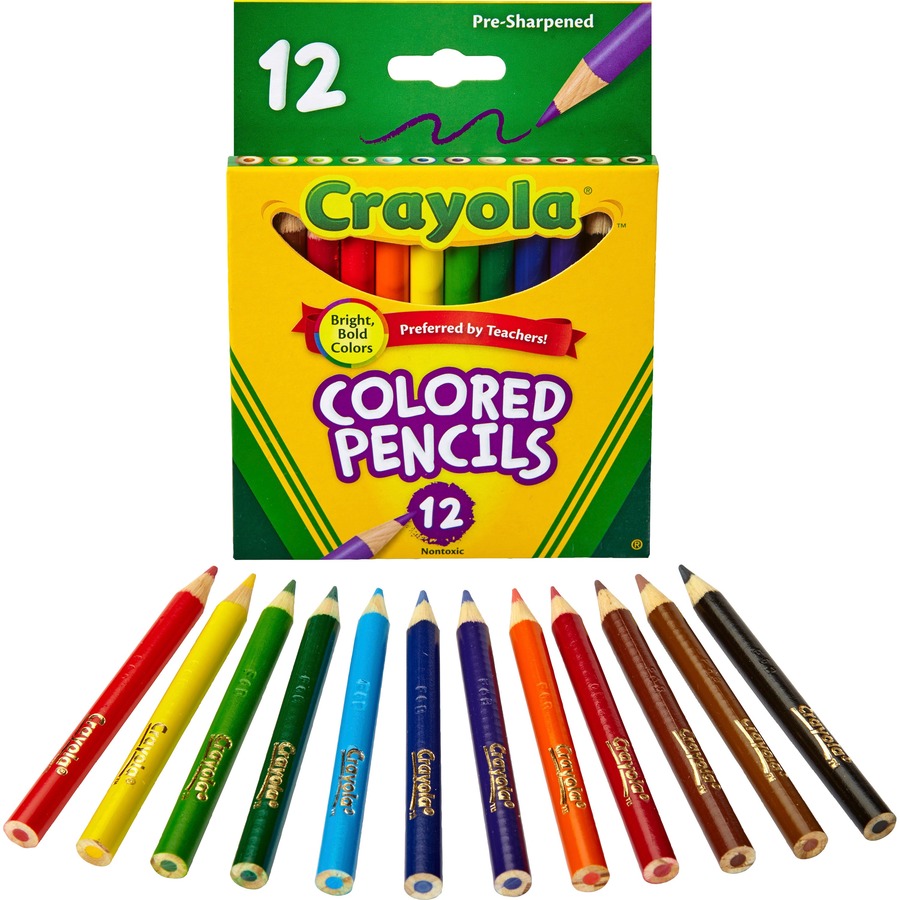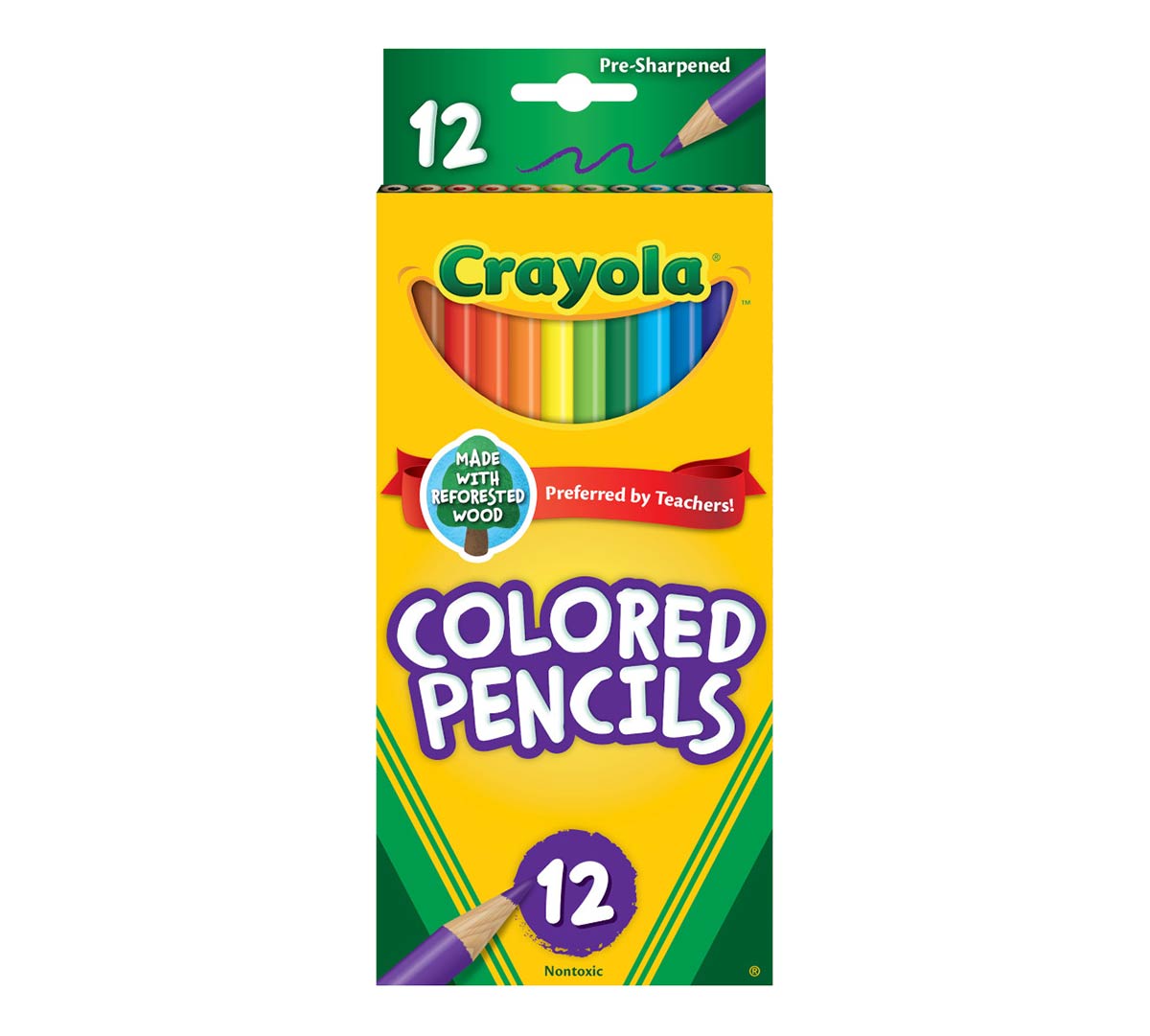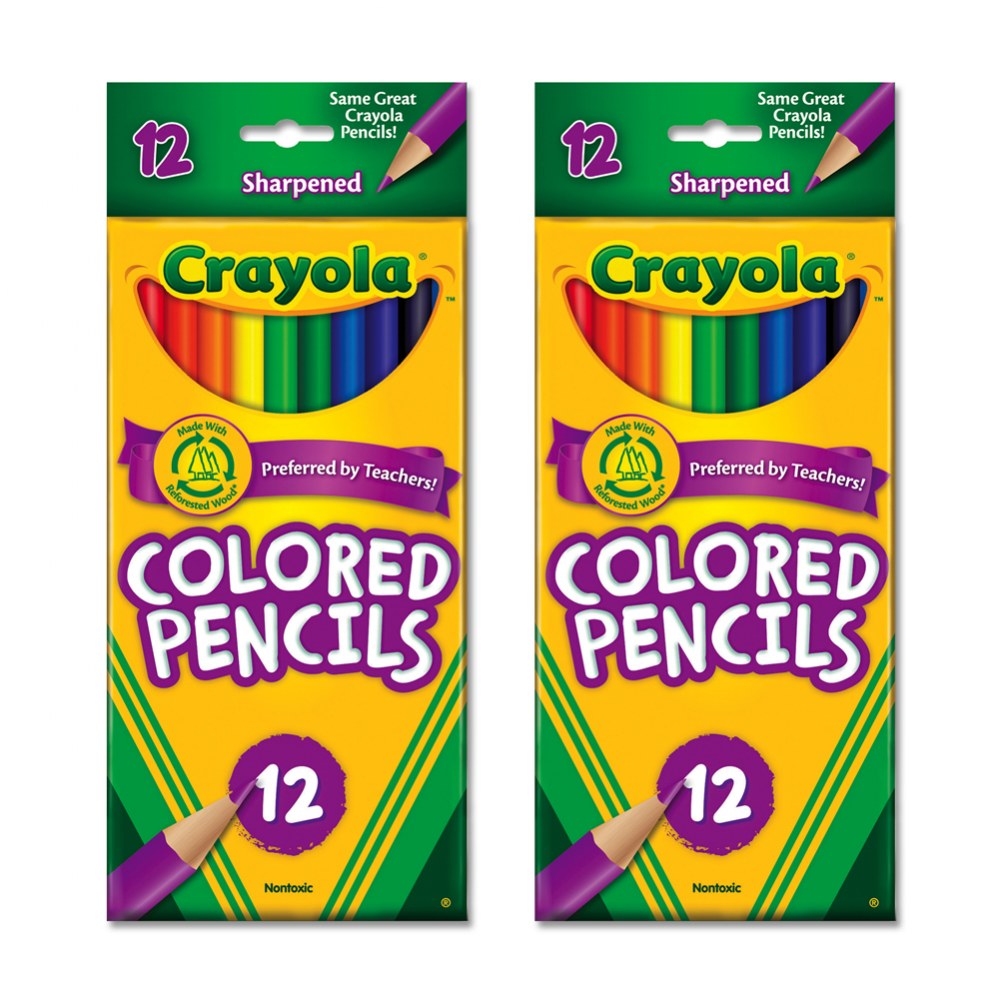With great pleasure, we will explore the intriguing topic related to 12 colored pencils. Let’s weave interesting information and offer fresh perspectives to the readers.
Introduction
Hey there, aspiring artists! 👋 I’m so excited to embark on this drawing journey with you! Drawing is a fantastic way to express yourself, explore your creativity, and have lots of fun. 🎨

Before we dive into the world of colored pencils, tell me, what kind of things do you like to draw? Are you interested in drawing animals, landscapes, people, or maybe something completely different? Knowing your interests will help me tailor the lessons to your liking! 😊
Let’s Get Started with Colored Pencils!
Colored pencils are a wonderful medium for beginners because they’re easy to use, forgiving, and come in a wide array of colors. They’re also portable, so you can draw anywhere you like!
1. Getting to Know Your Tools
First, let’s meet our new friends: the colored pencils! What colors do you have in your set? Do you have a variety of light and dark shades?

- Light colors: These are great for backgrounds, highlights, and adding a soft touch to your drawings.
- Dark colors: These are perfect for outlines, shadows, and adding depth and dimension to your drawings.
2. Sharpening Your Pencils

Before we start drawing, let’s sharpen our pencils! Do you have a sharpener? What kind of sharpener do you have?
- Pencil sharpeners: These are great for creating a sharp point for detailed work.
- Knife sharpeners: These are great for creating a blunt point for broader strokes.

3. The Magic of Lines
Drawing is all about lines! Lines can be straight, curved, thick, thin, long, short, and everything in between. They can create shapes, patterns, and even tell stories!
- Straight lines: These are great for drawing buildings, fences, and other geometric shapes.
- Curved lines: These are great for drawing animals, flowers, and other organic shapes.
- Thick lines: These are great for adding emphasis to certain parts of your drawing.
- Thin lines: These are great for adding detail and creating a delicate look.

Practice Exercise:
- Draw a line across your paper. Now, draw another line next to it. Make the second line thicker than the first line.
- Draw a circle. Now, draw a spiral inside the circle.
- Draw a square. Now, draw a diagonal line across the square.

4. Shaping Up!
Now that we’ve learned about lines, let’s use them to create shapes! Shapes are the building blocks of everything we draw.
- Basic shapes: Squares, circles, triangles, rectangles, and ovals are the foundation of many drawings. Practice drawing these shapes until you feel comfortable with them.
- Combining shapes: You can combine basic shapes to create more complex shapes. For example, you can combine a circle and a triangle to create a cone.
Practice Exercise:
- Draw a square. Now, draw a circle inside the square.
- Draw a rectangle. Now, draw a triangle on top of the rectangle.
- Draw an oval. Now, draw a curved line inside the oval.
5. The Power of Color
Now it’s time to add color to our drawings! Colored pencils are amazing for blending and creating different effects.
- Layering: To create a deeper, richer color, you can layer different shades of the same color on top of each other.
- Blending: You can blend different colors together to create new colors or to soften the edges of your drawings. Use a cotton swab or your finger to blend the colors.
Practice Exercise:
- Choose a light color and a dark color. Draw a square with the light color. Now, shade the square with the dark color. Notice how the colors blend together.
- Choose three different colors. Draw a circle with the first color. Now, draw a smaller circle inside the first circle with the second color. Finally, draw an even smaller circle inside the second circle with the third color.
6. Drawing from Life
Drawing from life is a great way to improve your observation skills and learn how to capture the details of the world around you.
- Choose a subject: Find something interesting to draw, like a fruit, a flower, or a toy.
- Observe carefully: Look at your subject from different angles. Pay attention to the shapes, lines, and colors.
- Start with basic shapes: Use basic shapes to create the outline of your subject.
- Add details: Once you have the basic shapes, start adding details like lines, textures, and shadows.
7. The Importance of Practice
The key to becoming a good artist is practice! The more you draw, the better you will become.
- Set aside time: Try to draw for at least 15 minutes every day.
- Don’t be afraid to make mistakes: Mistakes are part of the learning process. Just keep practicing and you’ll see improvement over time.
Benefits of Drawing
Drawing isn’t just about creating beautiful art; it’s also a fantastic way to develop important skills!
- Improved Observation Skills: Drawing forces you to pay attention to the details of the world around you. This can help you to see things in a new way and appreciate the beauty of everyday objects.
- Enhanced Creativity: Drawing is a great way to express your imagination and explore new ideas. It can help you to think outside the box and come up with creative solutions to problems.
- Increased Hand-Eye Coordination: Drawing requires you to use your hands and eyes together to create images. This can help to improve your hand-eye coordination and fine motor skills.
- Stress Relief: Drawing can be a very relaxing and therapeutic activity. It can help you to focus your mind and relieve stress.
- Boost in Confidence: Seeing your own progress in drawing can give you a sense of accomplishment and boost your confidence.
FAQs
1. What if I’m not good at drawing?
Don’t worry! Everyone starts somewhere. The most important thing is to have fun and keep practicing. You’ll be surprised at how much progress you can make with a little effort.
2. What kind of paper should I use?
For colored pencils, it’s best to use smooth, white drawing paper. You can also use textured paper, but it can be more difficult to blend the colors.
3. How do I choose the right colors?
Start with a basic set of colored pencils that includes a variety of light and dark shades. You can always add more colors later as you become more experienced.
4. How can I learn more about drawing?
There are many resources available to help you learn more about drawing, including books, websites, and online courses. You can also find local art classes in your area.
5. What are some tips for drawing with colored pencils?
- Use light pressure to start and gradually increase the pressure as you build up the color.
- Use a sharp point for details and a blunt point for shading.
- Blend the colors gently to create smooth transitions.
- Don’t be afraid to experiment with different techniques.
I hope this lesson has inspired you to pick up your colored pencils and start drawing! Remember, drawing is a journey, not a destination. Just enjoy the process and have fun! 😊
Now, tell me, what would you like to draw first? Let’s create some amazing artwork together! 🎨

Thus, we hope this article has provided valuable insights into Downloads 12 colored pencils. We thank you for taking the time to read this article. See you in our next article!
 apapunada.my.id News Bisnis Technology Tutorial
apapunada.my.id News Bisnis Technology Tutorial